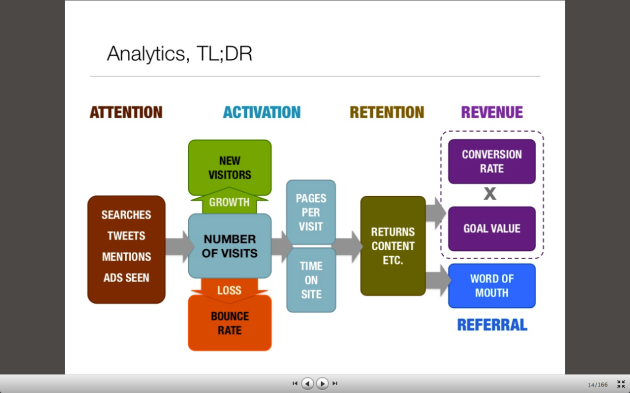
Prescriptive analytics is the third phase of business analytics, a decision-modelling system for industry. The first stage is descriptive analytics, which looks at past issues and describes them; it tells you what happened and why after the fact. The second stage is predictive analytics, which combines historical data with predictive algorithms to guess the probability of future events; it tells you what will happen. But prescriptive analytics claims to go even further. It applies a multitude of business rule algorithms, multiple mathematical and computational modeling systems to automatically synthesize hybrid data sets and answer not only what will happen but what also needs to be done about it. Put another way, prescriptive analytics continuously and automatically tries to anticipates the what, when, and why of unknown future events. And it has the potential to be scary accurate.
http://gizmodo.com/how-prescriptive-analytics-could-harness-big-data-to-se-512396683














